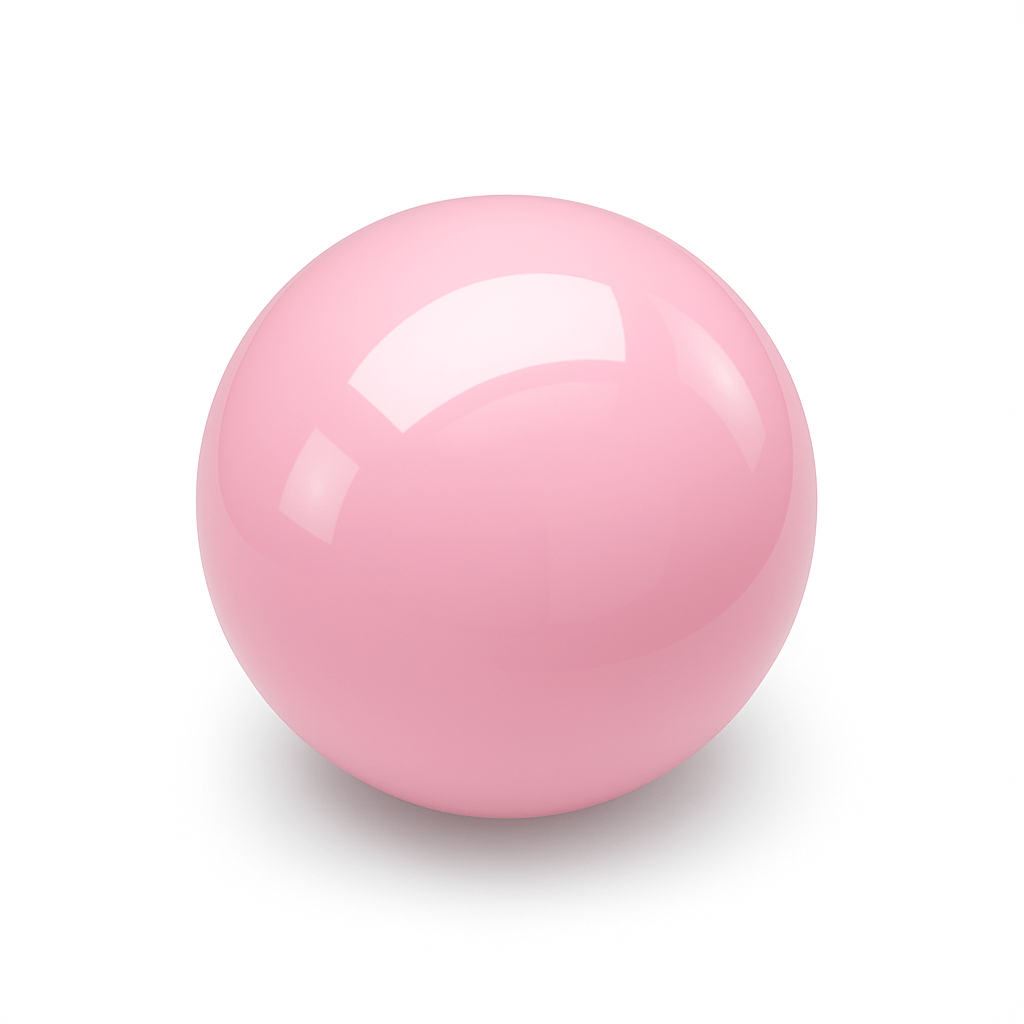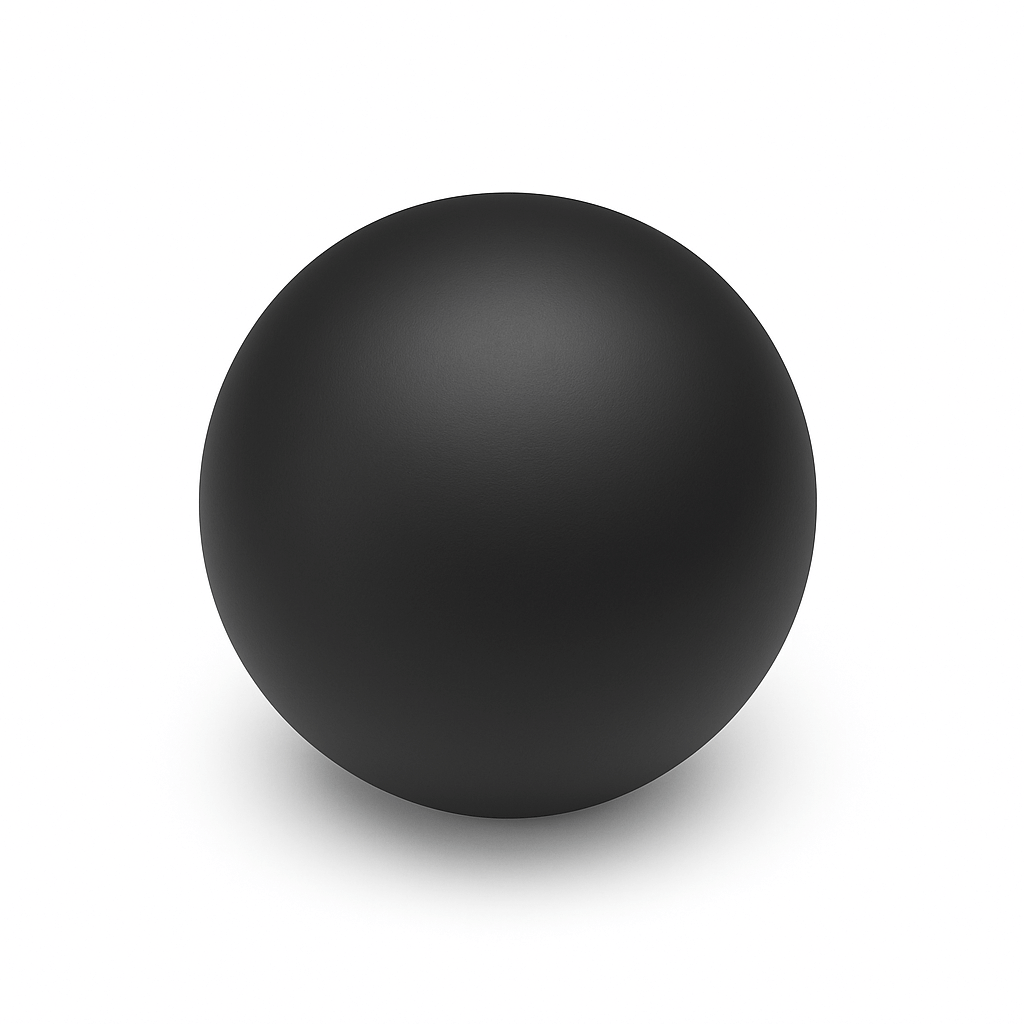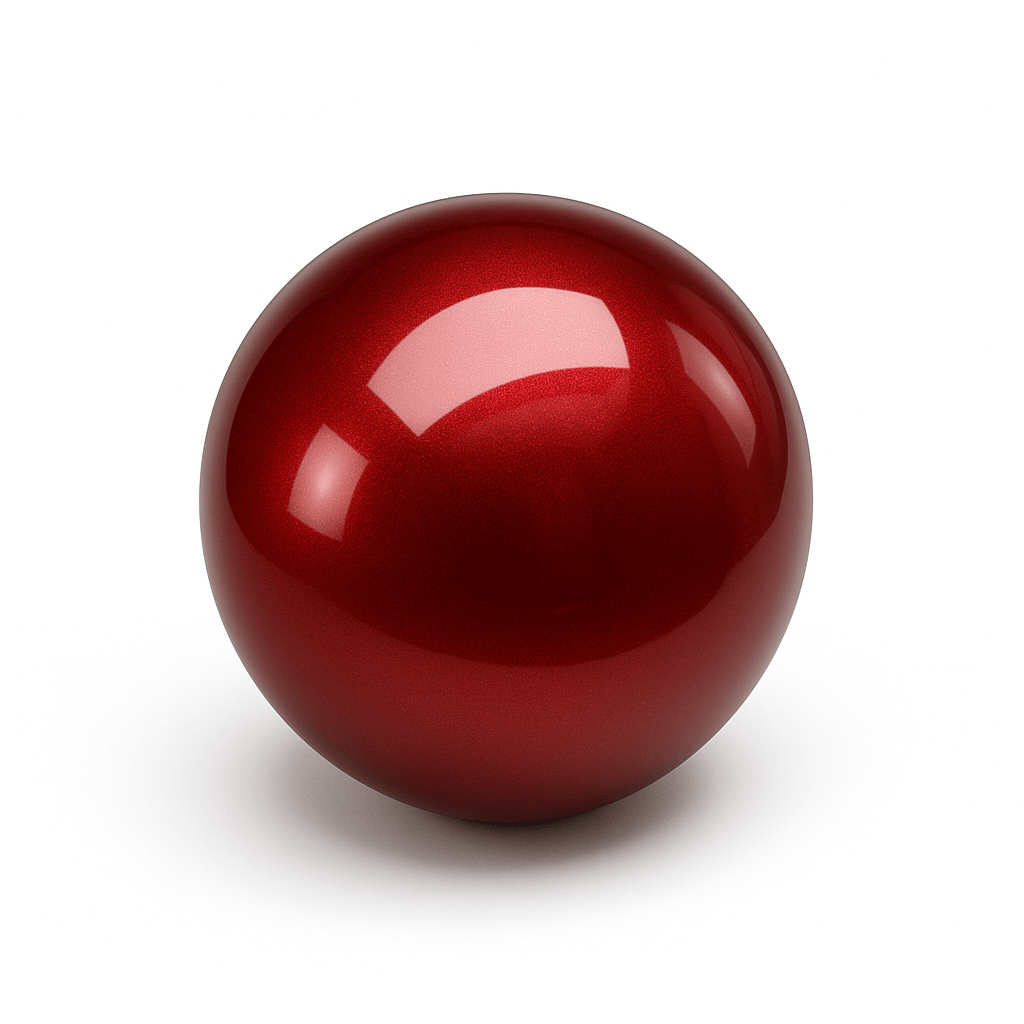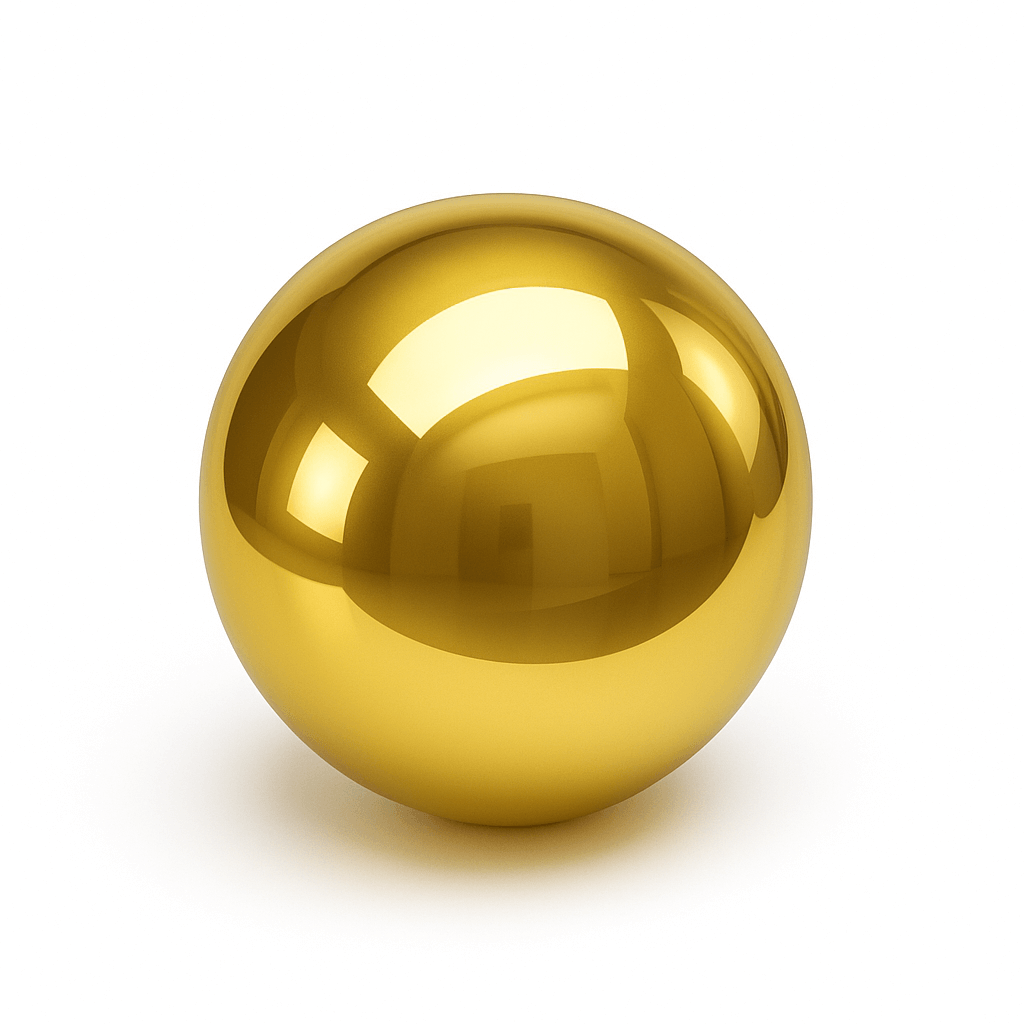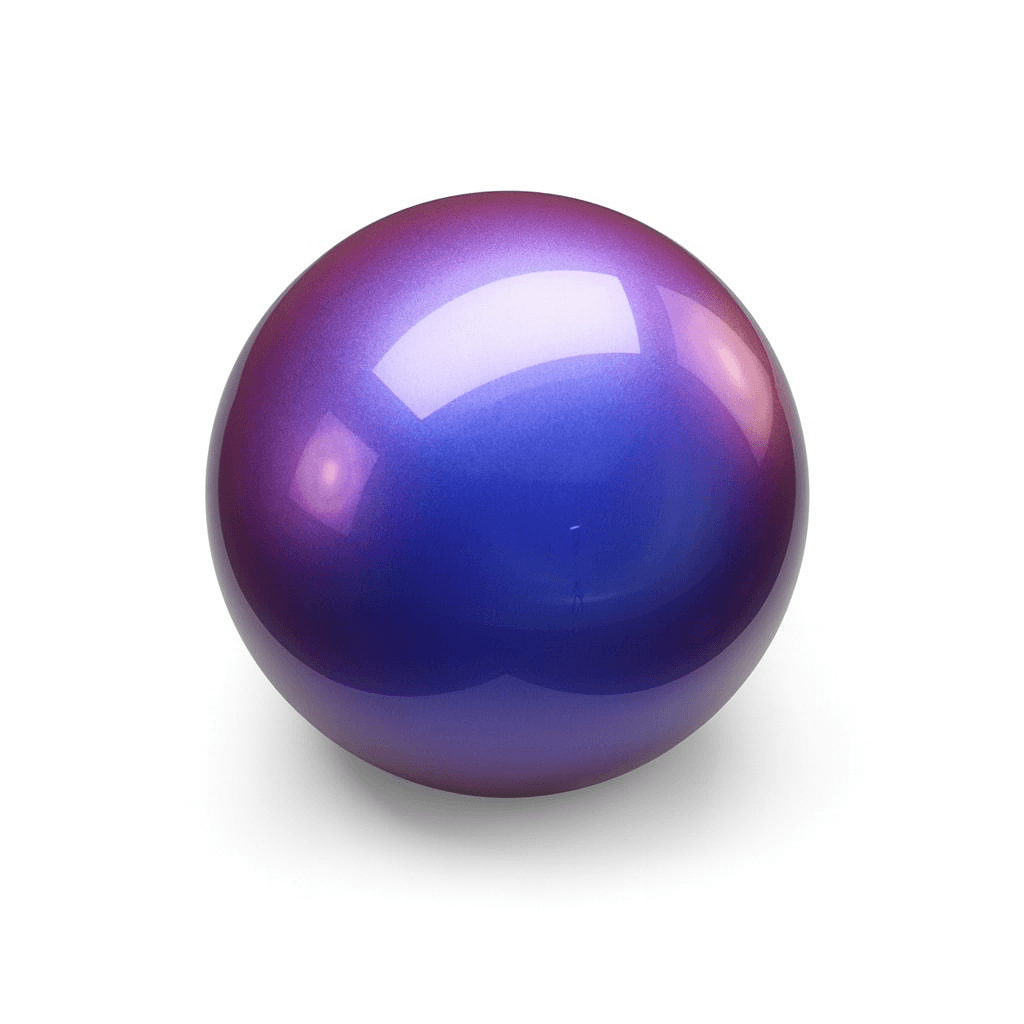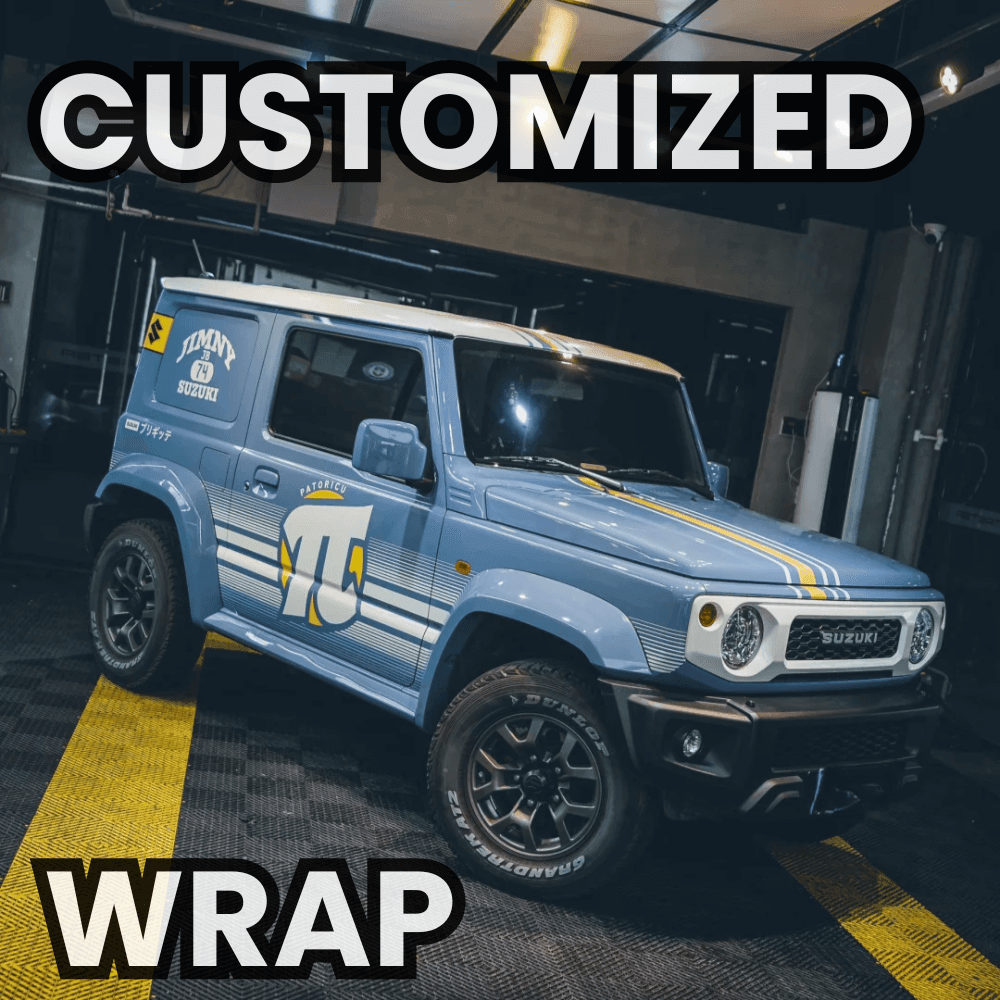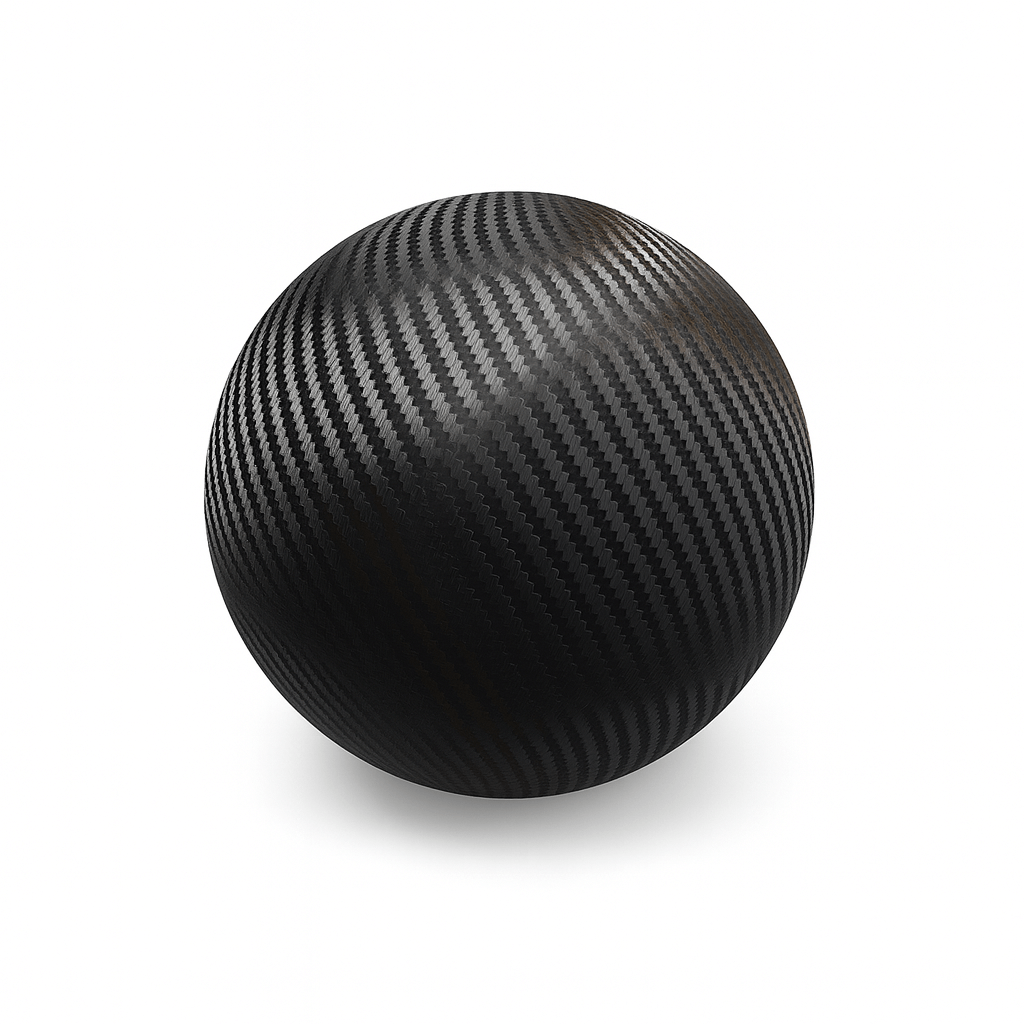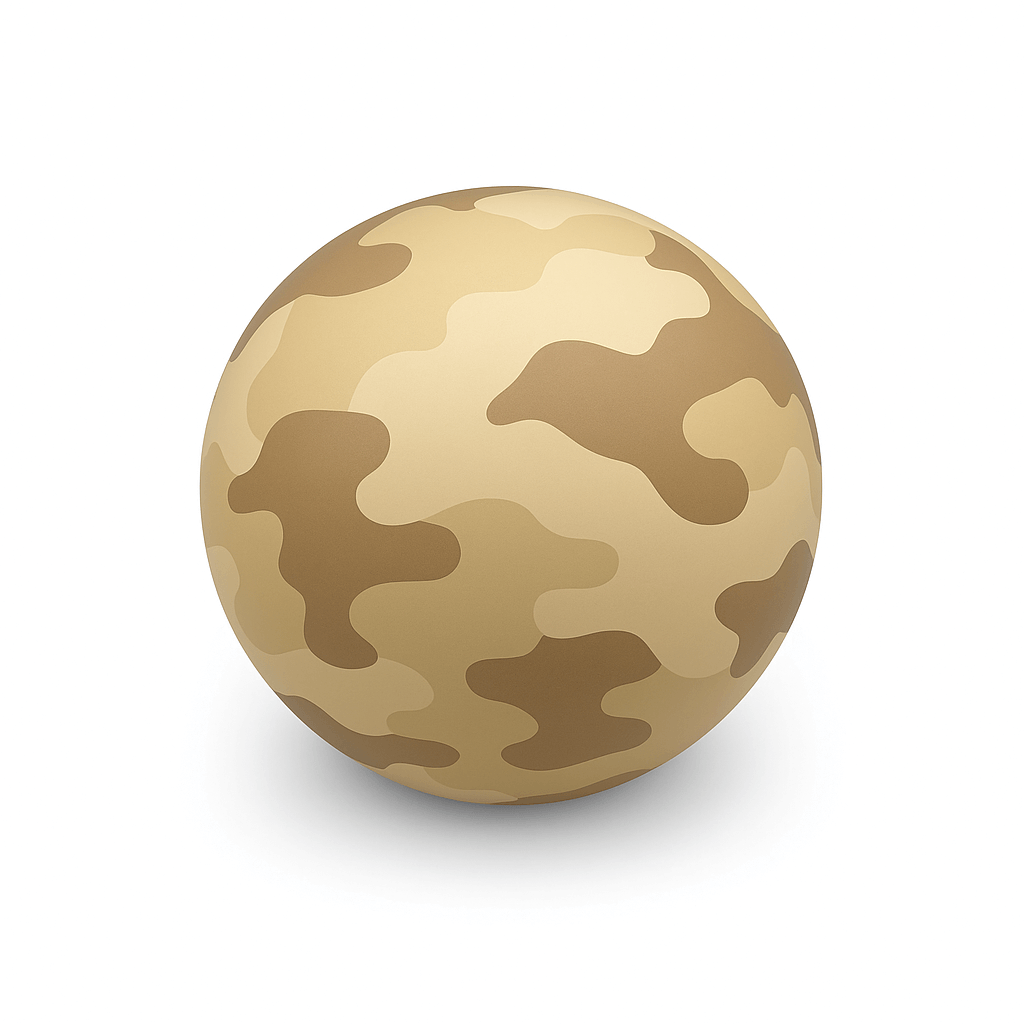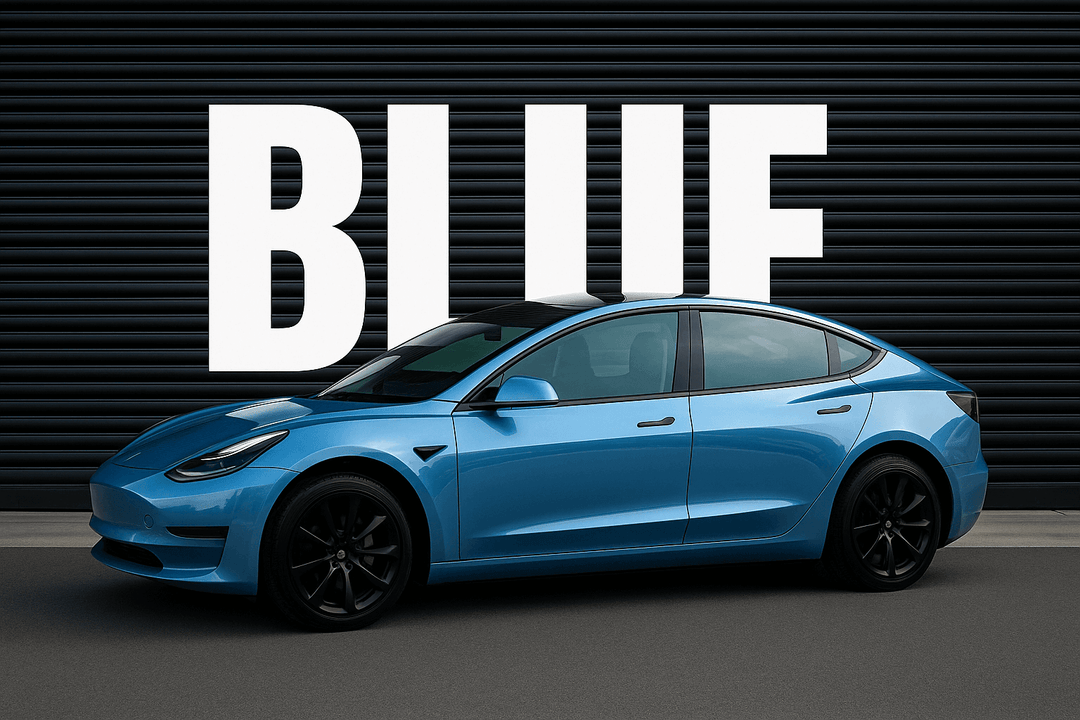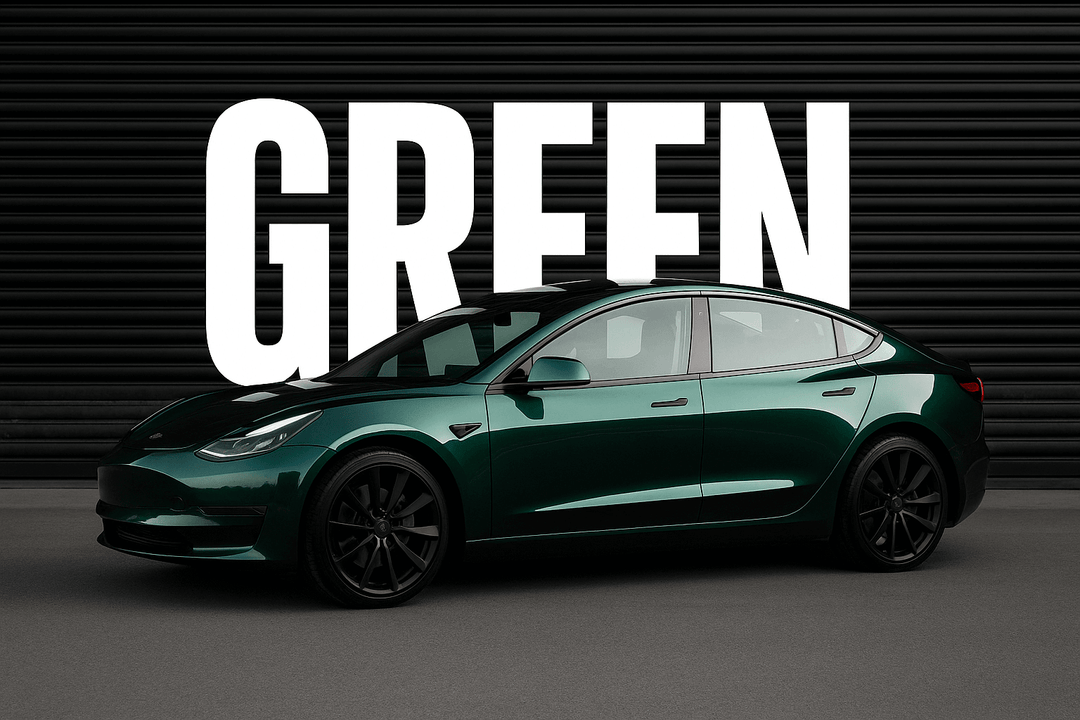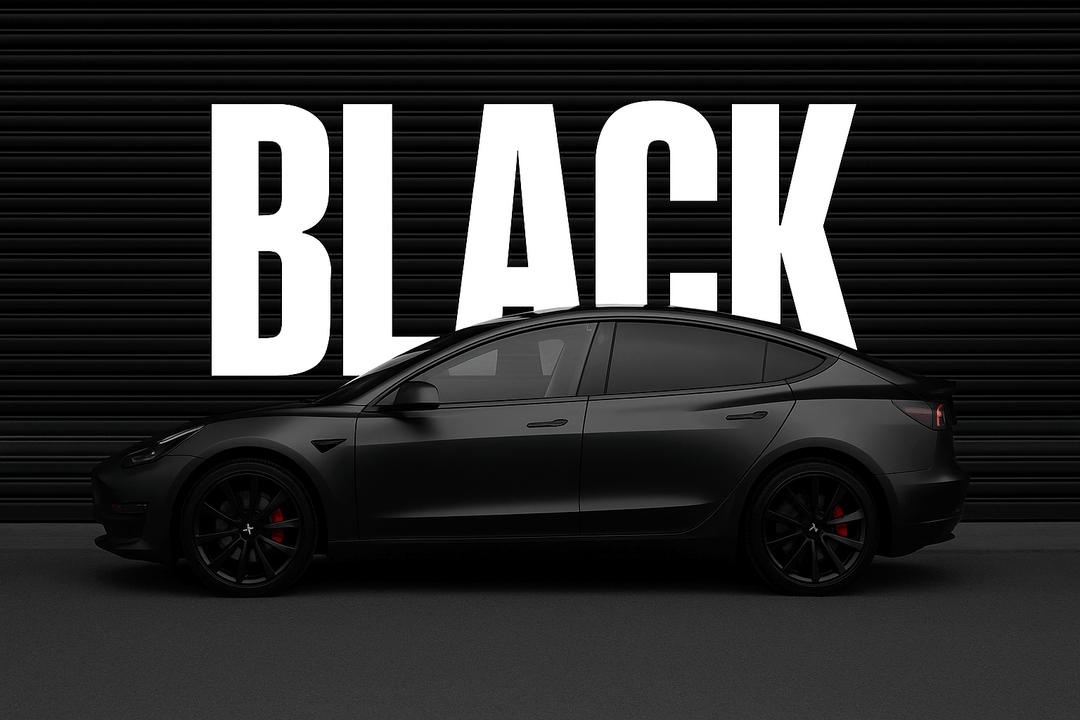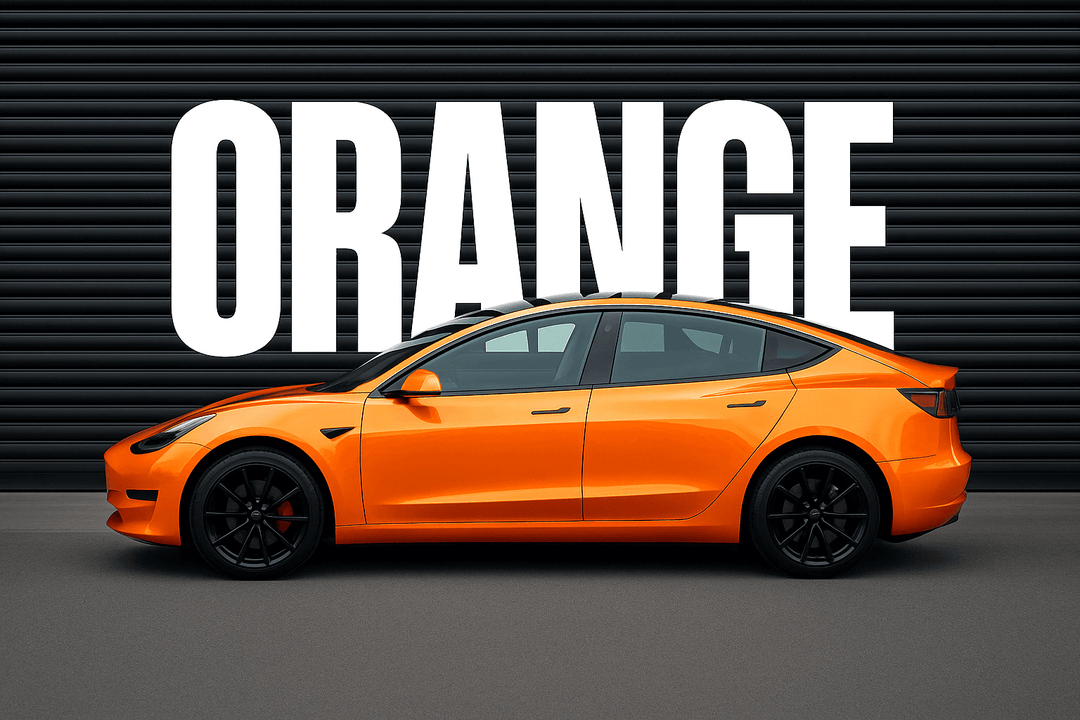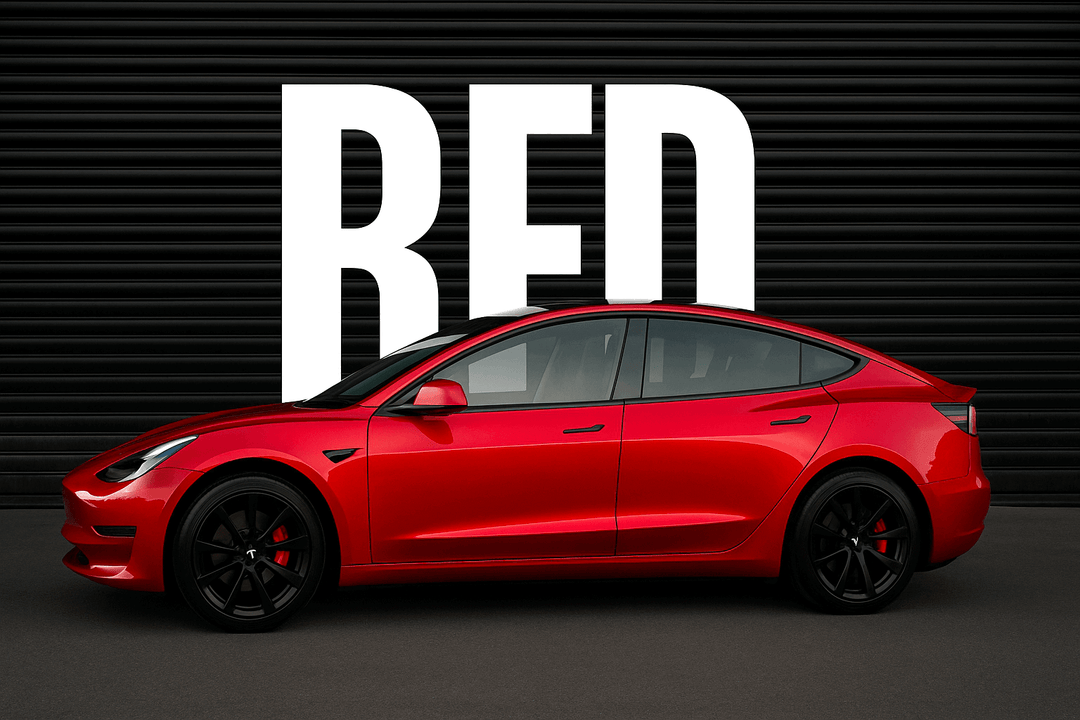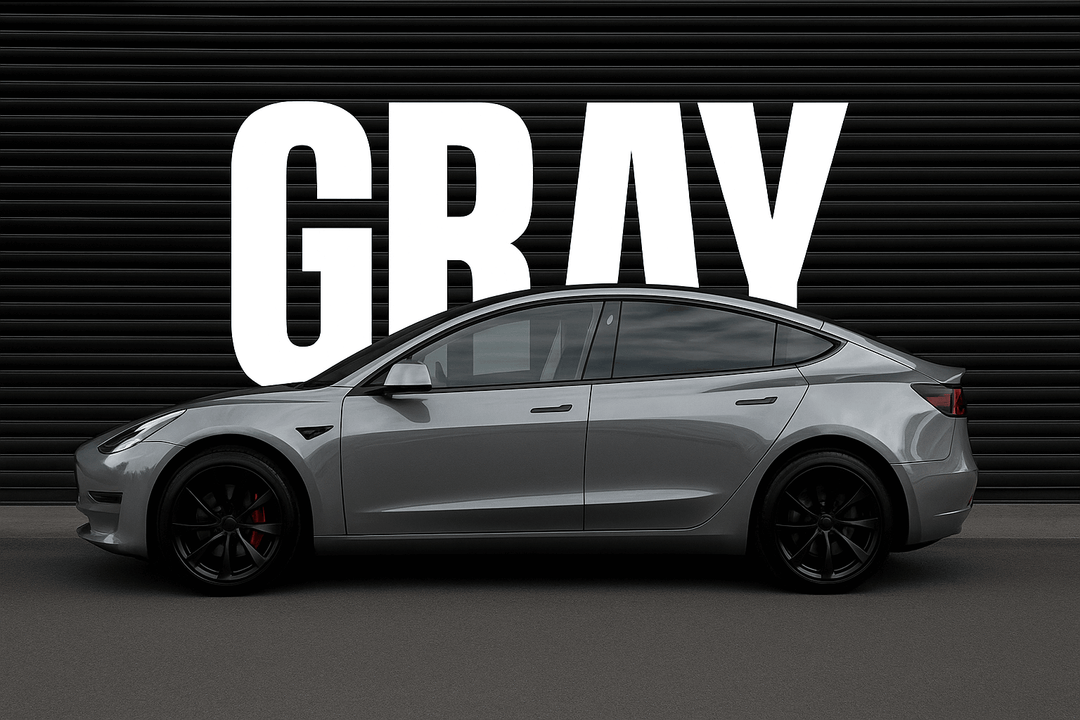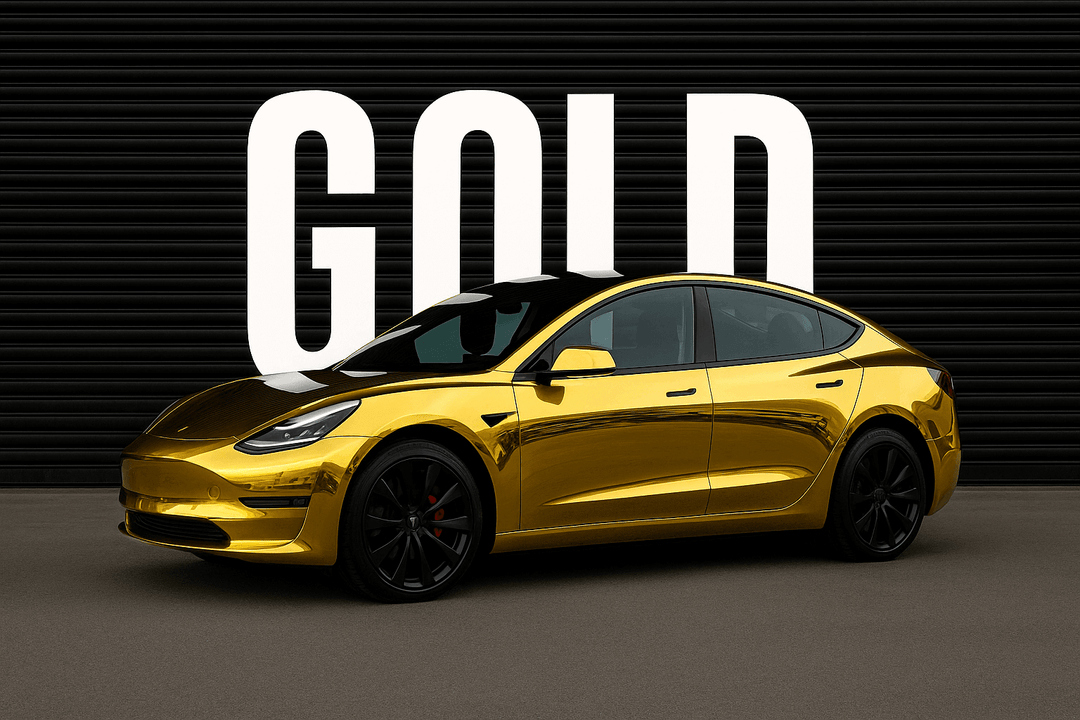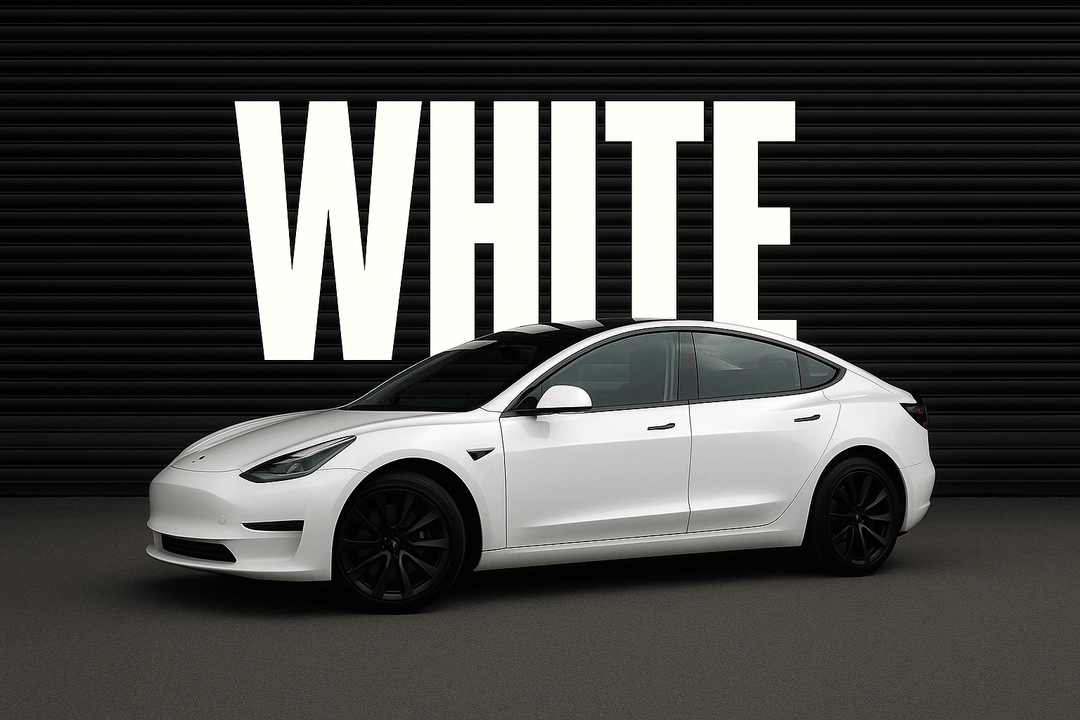Paint Protection Film vs Ceramic Coating
Do you care about how your car looks?
If you answered yes, then you’ve probably already looked into ways to protect that paint job. And chances are, you’ve come across two of the most popular options out there: Paint Protection Film (PPF) and Ceramic Coating.
But which one works better? What’s the real difference? And how do you know which one is worth your money?
I get it—this can be confusing. Both products sound great, and both promise to keep your car looking fresh. But the truth is, they’re not the same. They serve different purposes and come with their pros and cons.
In this guide, I’ll break everything down in plain English. You’ll learn how each one works, what they do best, and how to figure out which one’s right for your car and lifestyle.
Let’s clear up the confusion so you can make the best choice for your vehicle.
What is Paint Protection Film (PPF)?
Paint Protection Film, often called PPF or clear bra, is a transparent, flexible film that’s applied directly to your car’s painted surfaces. It acts like an invisible shield, guarding your paint from scratches, chips, and other everyday damage.

Most high-quality PPFs are made from thermoplastic polyurethane (TPU). This material is durable, elastic, and resistant to impact. It’s strong enough to take a hit from a rock at highway speeds and still bounce back.
One of the coolest features of PPF is its self-healing ability. Minor scratches and swirl marks? They literally disappear when exposed to heat from the sun or hot water.
PPF features:
-
Absorbs impact from rocks and road debris
-
Protects against scratches and paint chips
-
Shields your paint from UV rays, preventing fading
-
Fights off chemical stains and bird droppings
-
Reduces damage from hard water spots and acid rain
It’s usually applied to high-impact areas like:
-
Front bumpers
-
Hoods
-
Side mirrors
-
Fenders
-
Door edges and handles
If you drive daily, take weekend road trips, or just want peace of mind every time you're on the road, you can cover the whole car for maximum protection.
What is Ceramic Coating?
Ceramic coating is a liquid polymer that’s applied to your vehicle’s exterior. Once it’s on, it chemically bonds with the factory paint to create a layer of protection that’s sleek, durable, and super easy to maintain.
Most ceramic coatings are made with silicon dioxide (SiO₂), also known as nano-ceramic technology. Sounds fancy, but here’s what it really means: you’re getting a high-tech shield that repels water, dirt, and grime.
Ceramic coating features:
-
Hydrophobic surface – water beads right off, taking dirt with it
-
UV protection – helps prevent fading and oxidation
-
Gloss enhancement – your paint gets a deep, rich shine
-
Chemical resistance – defends against acid rain, bug splatter, and bird droppings
-
Easier maintenance – less time scrubbing, more time cruising
But ceramic coating doesn’t protect against rock chips or scratches. It’s not meant to absorb physical impact like Paint Protection Film does. Instead, it focuses on keeping your car cleaner, shinier, and better protected against the elements.
PPF vs Ceramic Coating: Key Differences You Should Know
So far, we’ve talked about what PPF and ceramic coating are on their own. But how do they stack up against each other?
Let’s be clear, both PPF and Ceramic Coating are designed to protect your car’s paint and keep it looking fresh. They share some benefits, like:
-
Blocking UV rays that cause fading
-
Helping reduce damage from acidic contaminants like bird droppings or bug splatter
But that’s where the similarities end. Here’s how they really compare.
1. Protection Level
PPF is a physical barrier. It’s thicker and more impact-resistant. That means it can absorb rock chips, scratches, swirl marks, and even hard water spots.
Ceramic coating, on the other hand, is a thin liquid layer. It doesn’t protect against impact and won’t stop rock chips or prevent scratches.
2. Self-Healing Ability
PPF has something ceramic coating can’t touch—self-healing technology. Small scratches literally vanish when exposed to heat. It’s like magic for your paint.
Ceramic coating? Not so much. Once it’s scratched, it stays scratched.
3. Hydrophobic Properties
Ceramic coatings win this round.
They create a super slick surface that repels water and dirt like a champ. Your car stays cleaner longer, and when it’s time to wash, everything rinses off easier.
Some high-end PPFs come with a hydrophobic topcoat, but they don’t perform as well as a dedicated ceramic coating when it comes to water beading and self-cleaning.
4. Aesthetic Appeal
Both PPF and ceramic coating enhance your car’s appearance. They help your paint pop and stay cleaner, so your ride always looks sharp. But if we’re being honest, ceramic coating takes the crown when it comes to visual impact.
Why? Because it creates that glossy, glass-like shine that makes people stop and stare. Many car owners choose ceramic coating for the look alone. It amplifies the depth and color of your paint in a way that PPF can’t quite match.
That said, some modern PPFs come with a slick topcoat that adds gloss, but it’s still a step below what ceramic coating delivers.
5. Cost
PPF is more expensive, especially if you go for full-body coverage. Prices range from $4,000 to over $8,000, depending on the size of your vehicle and how much you cover.
Ceramic coating is more budget-friendly, with pro applications starting around $800 and going up to $2,000 for premium options.
6. Longevity
PPF can last between 5 to 10 years, depending on the brand and how well it's maintained. Some premium films even come with 10-year warranties. Ceramic coating lasts 2 to 5 years, depending on the product and who applies it.
PPF vs Ceramic Coating: Pros and Cons
Still on the fence about which to choose? Sometimes the easiest way to decide is to weigh the pros and cons side by side.
Paint Protection Film (PPF) Pros & Cons
✅ Pros:
-
Self-healing protection – Minor scratches and scuffs disappear with heat
-
Superior impact resistance – Absorbs rock chips, road debris, and harsh contact
-
Thicker than ceramic coating – Gives your paint a stronger physical barrier
-
Long-term durability – Can last 5 to 10 years with proper care
-
Invisible finish – Doesn’t change the color of your paint
🚫 Cons:
-
Less hydrophobic than ceramic coating – Water repellency is decent, but not great
-
Can yellow or peel over time if installed poorly or made with low-quality PPF
-
More expensive – Full-coverage installs can get pricey fast
-
Requires professional installation – Not a DIY-friendly product
PPF is basically your car’s invisible armor. If you drive in rough conditions or just want that “brand-new” look to last longer, this stuff is gold. Most of the problems people have with PPF come from cheap materials or bad installers. So if you’re going this route, don’t skimp.
Ceramic Coating Pros & Cons
✅ Pros:
-
Insane shine – Delivers that deep, candy-like gloss that turns heads
-
Hydrophobic properties – Water, dirt, and grime slide right off
-
UV protection – Helps prevent fading and oxidation from sun exposure
-
Low maintenance – No more waxing; just rinse and go
-
Covers the entire vehicle easily – One application coats everything
🚫 Cons:
-
No scratch or chip protection – Won’t guard against rocks or debris
-
Can still get swirl marks if not properly washed
-
Doesn’t self-heal – Once it’s scratched, it stays scratched
-
Application is tricky and time-consuming, especially if done right
-
Not always cheap – Pro-level coatings can cost $3,000 or more
Ceramic coating is all about convenience and aesthetics. Your car stays cleaner, looks better, and requires less work to maintain.
Head-to-Head Comparison: PPF vs Ceramic Coating
|
Feature |
Paint Protection Film |
Ceramic Coating |
|
Scratch Resistance |
✅ Excellent |
🚫 Limited |
|
Rock Chip Protection |
✅ Yes |
🚫 No |
|
Hydrophobic Effect |
👍 Good |
✅ Excellent |
|
UV Protection |
✅ Yes |
✅ Yes |
|
Gloss Enhancement |
✅ Glossy Finish |
✅ High Gloss |
|
Self-Healing |
✅ Yes |
🚫 No |
|
Durability |
5–10 Years |
2–5 Years |
|
Cost |
$4,000-$8,000 |
$800-2,000 |
|
Maintenance |
Moderate |
Easy |
|
Application |
Professional Required |
DIY or Pro |
Can You Use Both PPF and Ceramic Coating Together?
Yes, you can use both PPF and ceramic coating on the same vehicle. And honestly? If you're looking for the ultimate paint protection, this combo is tough to beat.
Think of it like this: PPF is your armor, and ceramic coating is your shield against dirt, stains, and UV rays.
Here’s how it works.
Step 1: Apply PPF Where It Matters Most
You start by applying Paint Protection Film to the high-impact zones—areas most likely to get hit by road debris, rock chips, and scratches. This usually includes:
-
Front bumper
-
Hood
-
Side mirrors
-
Fenders
-
Rocker panels
-
Rear wheel arches
These spots take the most abuse on the road. PPF acts as a buffer, soaking up the damage so your paint doesn’t have to.
Step 2: Coat the Entire Car with Ceramic
Once the film is installed, a ceramic coating is applied over the entire car, including the PPF itself. That’s right—ceramic bonds to both paint and film.
This double layer gives you:
-
Enhanced chemical resistance (bye-bye, bird droppings)
-
Longer-lasting PPF (because the coating keeps it cleaner)
-
Better water and dirt repellency
-
A stunning gloss over your entire car
So even the parts of your vehicle that aren’t covered in PPF will still benefit from the protection and shine that ceramic coating delivers.
Paint Protection Film vs Ceramic Coating: Which is Better
Okay, you’ve learned a lot. So here comes the big question: Which paint protection option is right for you?
Here’s the truth—there’s no one-size-fits-all answer. The right choice depends on your car, your driving habits, your budget, and what you care about most.
Let’s make it simple.
Choose PPF if:
-
You want serious protection from rock chips, scratches, and road debris
-
You drive long distances, hit highways often, or live in a gravel-heavy area
-
You just bought a new or luxury vehicle and want to keep it in showroom condition
-
You’re okay spending more upfront for long-term, physical protection
Choose Ceramic Coating if:
-
You love a deep, glossy finish and want your car to turn heads
-
You want your car to stay clean longer and be easier to wash
-
You park outside and need UV protection to prevent fading
-
You’re looking for lower-cost protection that still delivers results
Or... Choose Both
Many car owners go with PPF on high-impact areas (like the front bumper, hood, mirrors, and rocker panels), and then apply ceramic coating over the entire car, film included.
PPF handles the physical threats: chips, scratches, and road rash.
Ceramic coating takes care of the chemical and environmental threats: UV rays, oxidation, stains, and contaminants.
So if you’re serious about protecting your car and making it look amazing every day, combining PPF and ceramic coating is a no-brainer.


